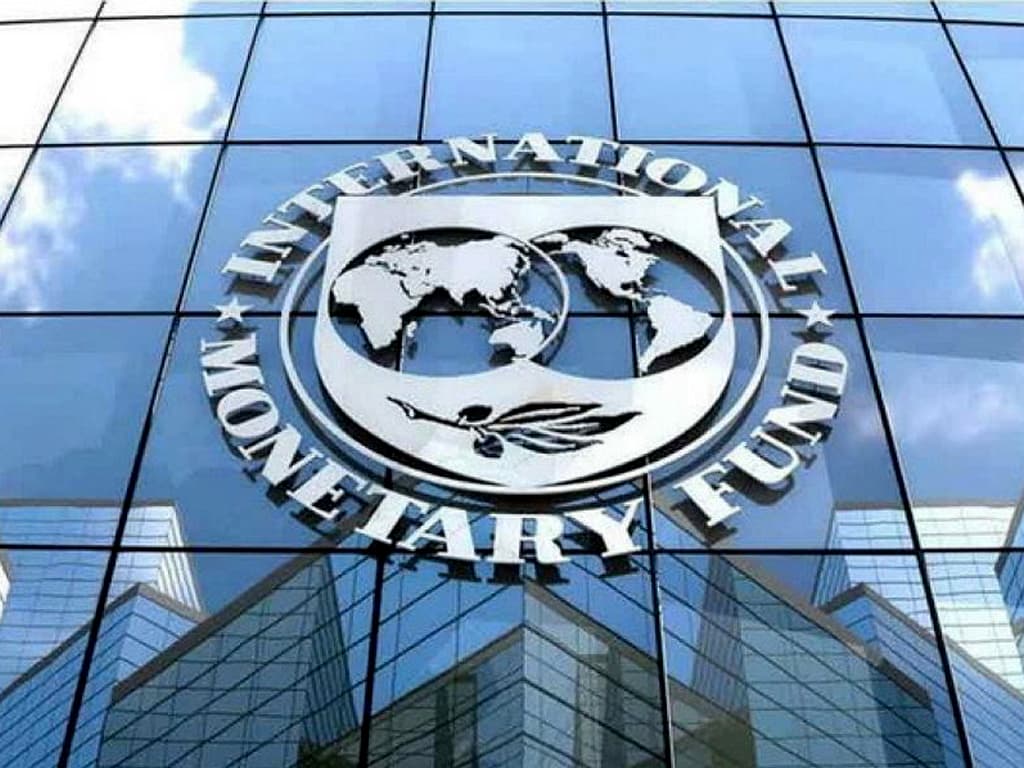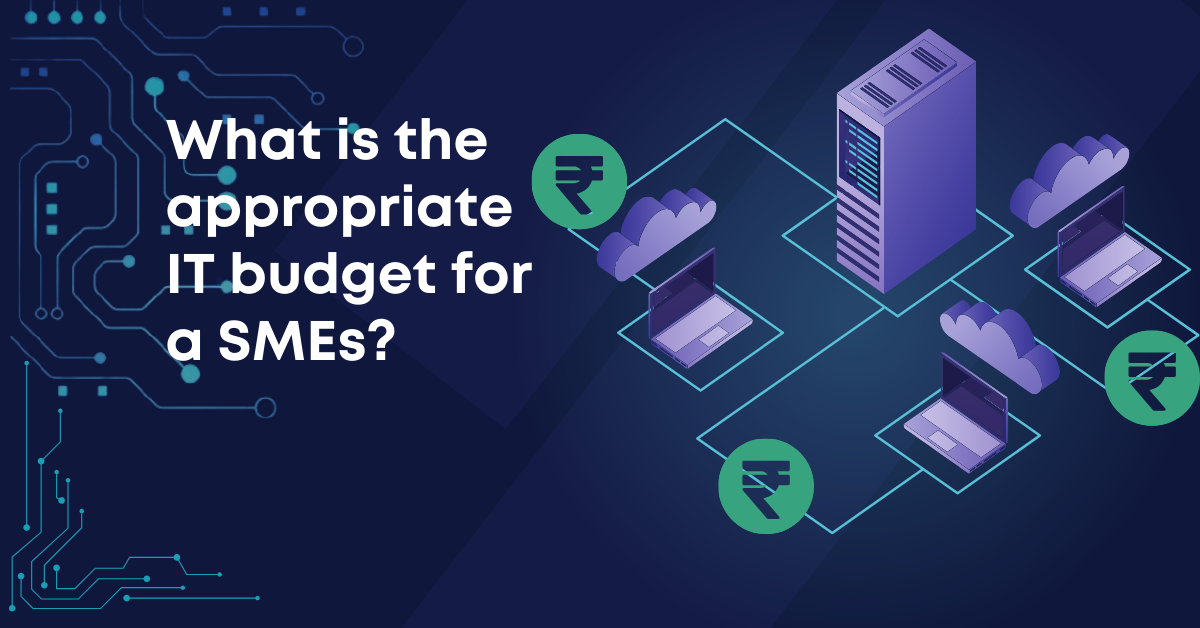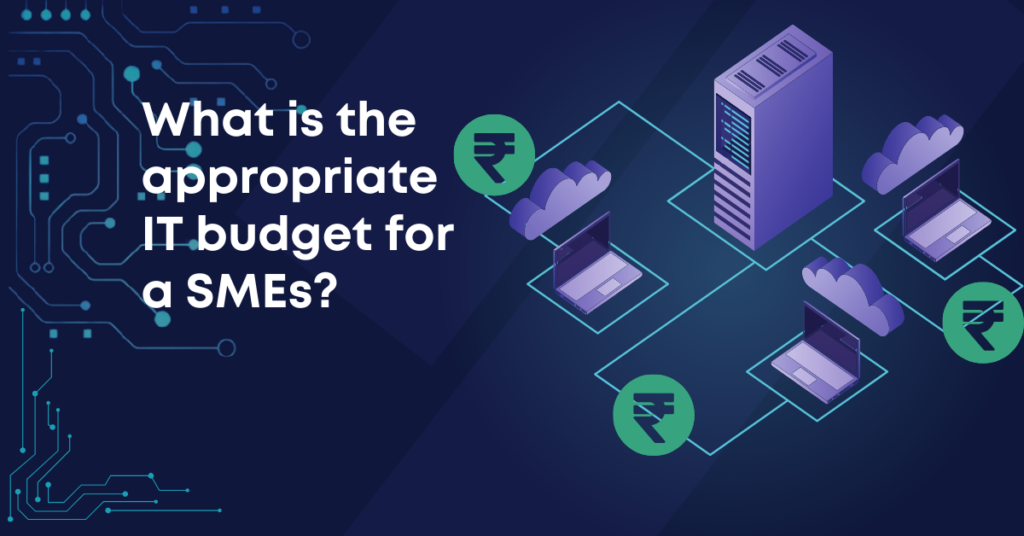
Centre to Train Tribal Students in Semiconductor Technology
The Ministry of Tribal Affairs has launched a new initiative to equip tribal students with skills in semiconductor technology, crucial for manufacturing electronic devices such as smartphones and computers. This initiative is being implemented by the Indian Institute of Science (IISc) in Bengaluru, to train 2,100 tribal students over the next three years, Union Minister Durga Das Uikey announced in a written reply to the Lok Sabha on Thursday.
As part of a broader effort to enhance education and opportunities for tribal communities, the project will provide National Skills Qualification Framework (NSQF) certified training in semiconductor technology. The ministry aims to deliver level 6.0 and 6.5 training to these students, according to an official statement released on August 8.
The collaboration between the Ministry of Tribal Affairs and IISc Bangalore will offer basic training to 1,500 tribal students and advanced training to 600 tribal students in semiconductor technology over the next three years. Tribal students with a degree in engineering-related subjects are eligible to apply for this program.
According to IISc, Bengaluru, the Ministry of Electronics and Information Technology (MeitY) has established six large Nano Centres, including IISc, to provide training in semiconductor technology. These centers also represent tribal communities in their degree programs, adhering to reservation policies. In addition to degree programs, the Nano Centres conduct short-term training under the Indian Nanoelectronics Users’ Programme (INUP).
MeitY launched the INUP about a decade ago to enhance skilled manpower in micro and nanoelectronics. However, the collaboration with the Ministry of Tribal Affairs marks the first training program specifically dedicated to tribal communities, as noted in the official statement.
The central government has been actively working to develop the semiconductor ecosystem in India. Recent initiatives include the Union Cabinet’s approval in February to establish three semiconductor units under the Development of Semiconductors and Display Manufacturing Ecosystems in India, with construction set to begin within the next 100 days. The program, announced on December 21, 2021, has a total budget of Rs 76,000 crore.
In June 2023, the Union Cabinet approved Micron’s proposal to set up a semiconductor unit in Sanand, Gujarat. On August 3, a groundbreaking ceremony (Bhumi Pujan) was held for Tata’s semiconductor unit in Morigaon, Assam. The Tata facility, with an investment of Rs 27,000 crore, is expected to create over 27,000 direct and indirect jobs in the region, according to information available on the Tata Group’s website. Tata Electronics, a wholly-owned subsidiary of Tata Sons, will oversee the construction of this facility.











